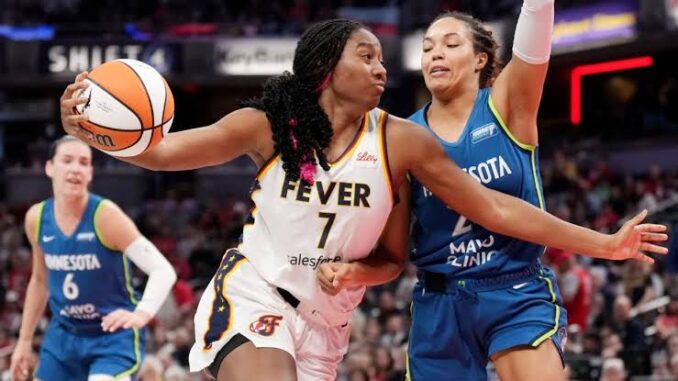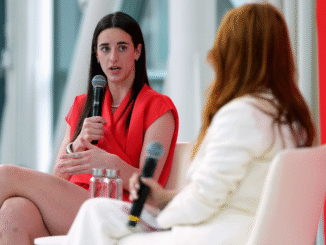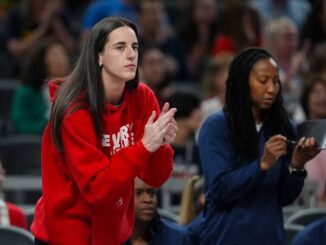
Tuesday’s Commissioner’s Cup final features two teams on divergent journeys. Representing the West, the Minnesota Lynx have been the WNBA’s most consistent force in 2025. The Indiana Fever, from the East, have endured an up-and-down campaign, reflecting the unpredictable nature of the league this season.
“We knew this season wouldn’t be flawless,” Indiana rookie Caitlin Clark said on Sunday. “There’ve been challenges, but we’ve stuck together. I’m proud of how our team continues to grow.” Clark’s status for Tuesday (8 p.m. ET, Prime Video) is still uncertain. She’s already missed seven games due to quad and groin injuries.
Clark and Minnesota’s Napheesa Collier, both recently named the top two fan vote-getters for the July 19 All-Star Game, headline the marquee names. The Lynx, last year’s Commissioner’s Cup champions, are currently 14-2 and playing at home in the Target Center. Indiana, making its Cup final debut, sits at 8-8.
Injury Watch
Both teams are dealing with key player absences. Clark practiced lightly Sunday, focusing on non-contact drills. “Day-to-day,” she said of her chances to play. Meanwhile, Collier has bounced back from a back injury, scoring well in her past two outings and currently leading the league in scoring at 24.5 PPG.
The Lynx could be without backup guard Karlie Samuelson, who exited Sunday’s blowout win over Connecticut with a foot injury. The Fever are missing Damiris Dantas, who is competing in the AmeriCup for Brazil.
Experience and Atmosphere
Minnesota holds the home-court advantage at the Target Center, a venue known for hosting All-Star Games and WNBA Finals. “It’s going to feel like a playoff game,” Collier said. “Our fans bring amazing energy.”
Clark sees it as a chance to test their mettle: “This is a team that’s been here before. They’re experienced, and it’s a big opportunity for us.”
Long-Range Battle
The Lynx lead the WNBA in 3-point shooting at 36.3%, while Indiana ranks sixth (34.2%). Both squads defend the arc well, with the Fever allowing a league-best 27.5% from deep, and Minnesota close behind at 29.1%.
Though Clark had struggled from three (1-of-23) before her groin injury, her presence still stretches defenses. Even if she sits, Indiana boasts other sharpshooters like Kelsey Mitchell (team-high 35 made threes), Lexie Hull (50% from deep), and Sophie Cunningham.
Minnesota counters with Kayla McBride, hitting 41% from beyond the arc, and additional threats in Collier, Courtney Williams, Bridget Carleton, and Alanna Smith all with at least 19 threes this season.
Tempo Control
Clark’s pace-pushing style helps Indiana play fast, though the Fever rank just 11th in fast-break scoring (10.1 PPG). The recently re-signed Aari McDonald adds speed and urgency to their offense.
The Lynx, by contrast, are third in the WNBA in transition scoring (12.6 PPG) and capitalize well off opponent mistakes leading the league with 18.3 points per game off turnovers. Indiana, averaging 14.8 turnovers, must prioritize ball control.
Defensive Disparity
Minnesota’s elite defense has been key to their consistency they lead the league in points allowed (74.1), defensive rating (93.9), and are second in opponent FG% (40.1). Indiana’s numbers trail behind, surrendering 80.1 points and a 42.9% opponent shooting rate.
Still, if Indiana’s defense holds up and their offense finds a rhythm, they have a shot at an upset. Aliyah Boston anchors the defense and has been dominant offensively lately, averaging 21.4 points over her past five games. With Hull, McDonald, Mitchell, and Colson providing perimeter grit, the Fever are hoping to rise to the occasion.



Be the first to comment